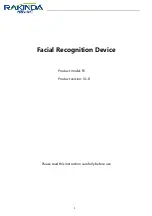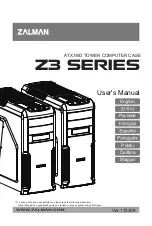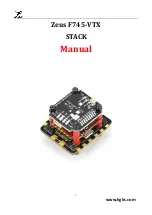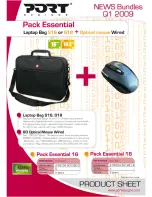
P a g e
|
8
ENERGIZER
BATTERY
MANUFACTURING
VERSION
1.2
Figure
7:
Comparison
of
Performance
under
Continuous
Constant
Power
AAAA
PP355
25 mW
24
88
50 mW
11
38
75 mW
6
24
100 mW
4
15
Continuous Discharge Time (hrs)
2.2
‐‐
Performance
at
Other
Environmental
Conditions
When
a
Zinc
Air
battery
is
exposed
to
a
non
‐
standard
environment,
a
driving
force
for
water
transport
in
or
out
of
the
battery
exists.
Movement
of
water
vapor
into
the
battery
can
fill
void
space
in
the
anode
cavity
under
high
humidity
environments,
and
movement
of
water
vapor
out
of
the
battery
can
dry
out
the
electrolyte
in
low
humidity
environments.
Either
situation
can
decrease
battery
performance
over
time.
Understanding
the
environmental
conditions
that
a
battery
might
encounter
is
critical
to
estimating
battery
performance.
A
study
was
done
at
Energizer
to
determine
realistic
extreme
conditions
for
battery
testing,
using
climate
data
from
61
cities
across
the
globe.
These
cities
represent
the
major
markets
for
both
devices
and
batteries.
Combinations
of
daily
morning
and
afternoon
temperature
and
humidity
were
compiled
and
analyzed
to
determine
reasonable
temperature
and
humidity
extremes.
Hot
and
Humid
Conditions:
Zinc
Air
Prismatic
batteries
can
take
on
water
when
exposed
to
hot
and
humid
conditions.
This
can
limit
battery
performance
by
taking
up
void
volume
in
the
air
electrode
and
anode
compartment.
At
35°C
and
75%
RH
conditions,
there
is
a
driving
force
for
water
gain
larger
than
99%
of
conditions
seen
in
combined
indoor
and
outdoor
data
from
the
top
61
cities
globally.
Service
tests
with
the
PP355
under
these
conditions
show
very
good
service
even
at
1
hr
per
day
intermittency.
Hot
and
Arid
Conditions:
Zinc
Air
Prismatic
batteries
can
lose
water
when
exposed
to
hot
and
arid
conditions
which
can
limit
battery
performance
by
drying
out
the
battery.
Under
35°C
and
25%
RH
conditions,
there
is
a
driving
force
for
water
loss
larger
than
99%
of
conditions
seen
in
combined
indoor
and
outdoor
data
from
the
top
61
cities
globally.
Service
testing
with
the
PP355
at
these
conditions
shows
very
good
service
even
at
1
hr
per
day
intermittency.



































